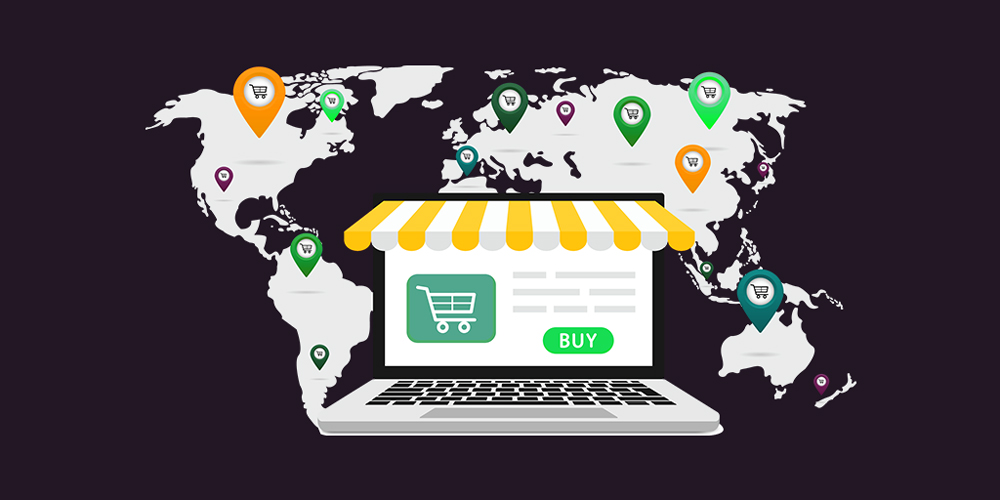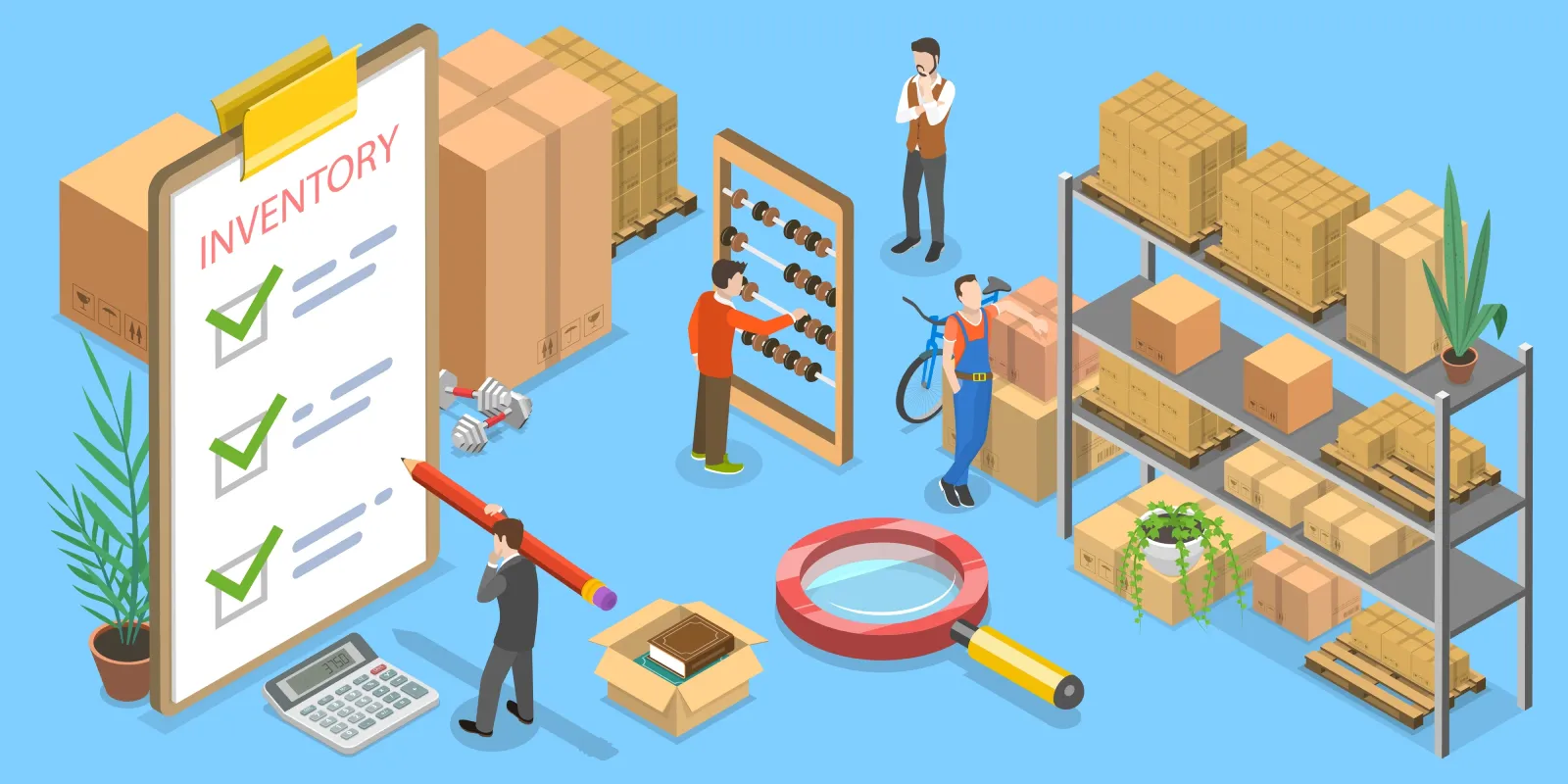How to Automate Your Fulfillment Process with Ecommerce Shipping Integration (2025 Guide)
PostalParcel helps ecommerce sellers simplify one of the most time-consuming parts of online business—fulfillment. As your store grows, managing shipping manually becomes inefficient and error-prone. Integration von E-Commerce-Versand allows you to connect your store directly with carriers, automate order handling, and improve delivery accuracy. This guide explains how automation works, the benefits it brings, and how to set it up step by step.
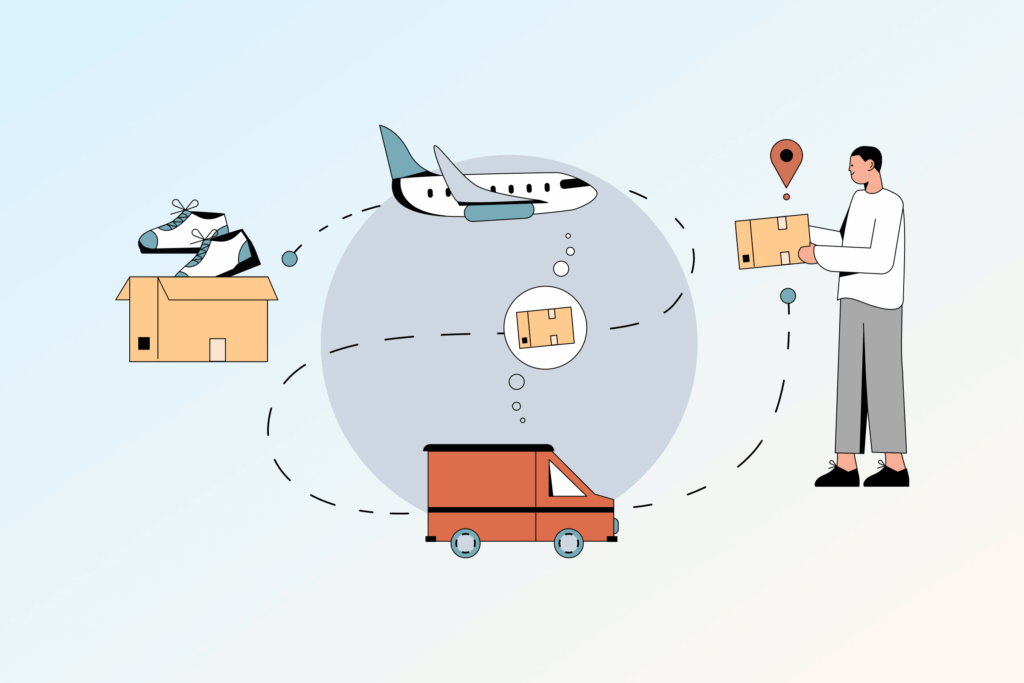
Was ist die Integration des E-Commerce-Versands?
Integration von E-Commerce-Versand connects your online store with logistics carriers using APIs or specialized plugins. Once connected, your store can automatically handle:
- Shipping rate calculations
- Auswahl des Trägers
- Label printing
- Tracking number updates
- Inventory synchronization
This connection forms an automated link between your ecommerce platform and logistics providers, reducing manual effort and ensuring every order moves smoothly from checkout to delivery.
Why Automate Your Fulfillment Process?
Manual fulfillment wastes time, introduces human error, and slows down delivery. Automation fixes these problems by letting technology handle repetitive tasks.
Key Benefits of Automation
- Save Time
Orders are processed automatically without manual input. Fulfillment time can drop by up to 70%. - Niedrigere Kosten
Automation tools compare multiple carriers instantly and choose the most cost-effective or fastest option. - Reduce Errors
Order data flows directly from your store to the shipping system, eliminating copy-paste mistakes. - Verfolgung in Echtzeit
Tracking numbers are generated and shared automatically with customers. - Skalierbarkeit
Automation allows your business to handle more orders without hiring additional staff.
Wie funktioniert die Integration des E-Commerce-Versands?
The process begins when a customer places an order and ends when the product is delivered. Integration ensures that each step happens automatically.
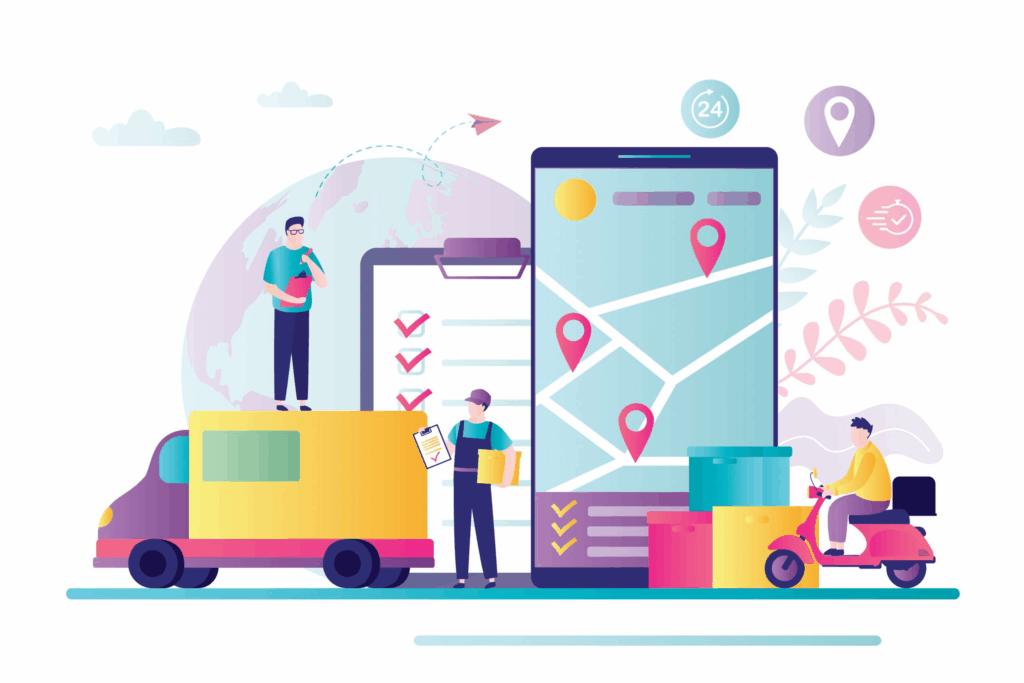
Step 1: Order Placement
Customer order data is instantly transferred from your ecommerce store to your integrated shipping system.
Step 2: Rate Calculation
The system checks available carriers and automatically picks the best one based on:
- Liefergeschwindigkeit
- Shipping cost
- Package weight and dimensions
- Reiseziel
Step 3: Label Creation
A shipping label is automatically generated and attached to the order record without manual editing.
Step 4: Pickup and Tracking
The carrier receives an electronic pickup request, and tracking details are sent to the customer by email or SMS.
Step 5: Inventory Update
Your ecommerce platform updates stock levels and order status to “Shipped” in real time, keeping everything synchronized.
Problems Caused by Lack of Integration
Ohne Integration von E-Commerce-Versand, your business faces several recurring issues:
- Delays caused by manual data entry
- Missing or inconsistent tracking updates
- Fluctuating shipping rates and unpredictable costs
- Higher customer complaints about delivery delays
- Extra hours spent managing shipments every day
Automation removes these pain points by creating a direct connection between your store and carriers.
How to Implement Ecommerce Shipping Integration
Automation requires proper setup and testing. Here’s a clear process to follow.
Step 1: Choose a Compatible Ecommerce Platform
Make sure your store platform—Shopify, WooCommerce, Magento, or BigCommerce—supports integration via APIs or plugins.
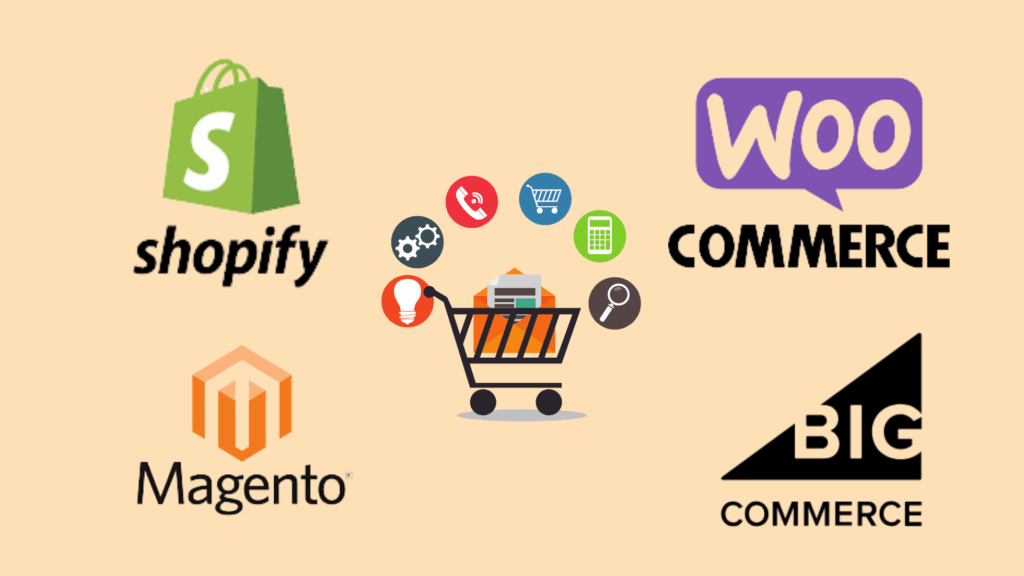
Step 2: Select the Right Carriers
Identify which logistics companies best fit your needs.
- Global carriers: DHL, UPS, FedEx
- Regional options: USPS, Royal Mail, Canada Post
- Cross-border partners: PostalParcel, 4PX, YunExpress
Step 3: Pick an Integration Tool or Plugin
You can connect shipping systems in several ways:
- Built-in platform plugins (Shopify Shipping, WooCommerce Shipping)
- Third-party integration tools (Easyship, ShipStation, Shippo)
- Custom API integrations for advanced setups
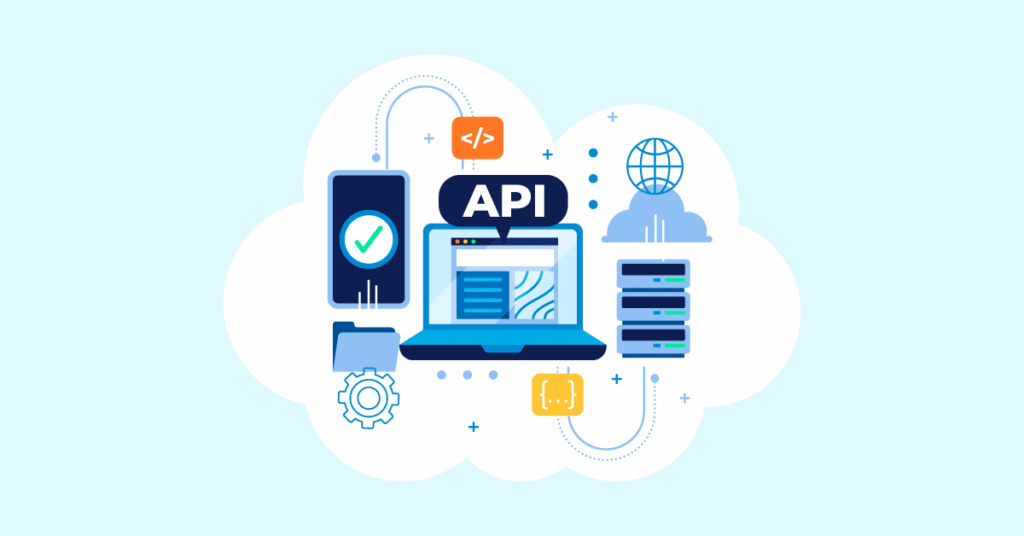
Step 4: Define Automation Rules
Decide how the system should handle different shipping scenarios:
- Default carriers by destination
- Automatic insurance for high-value orders
- Label templates with brand logos
- Split shipping for multi-warehouse orders
Step 5: Test the Setup
Before launching, verify:
- Label generation and format
- Tracking link accuracy
- Rate calculations
- Bestandsaktualisierungen in Echtzeit
Step 6: Monitor and Optimize
After integration, monitor:
- Average fulfillment time
- Erfolgsquote bei der Zustellung
- Shipping cost per order
- Customer feedback
Use this data to refine your logistics and automation settings.
Recommended Tools for Ecommerce Shipping Integration
| Tool | Function | Best For |
|---|---|---|
| PostalParcel | Cross-border shipping automation and tracking | International ecommerce sellers |
| ShipStation | Order management and batch label printing | Small to medium businesses |
| Easyship | Rate comparison and customs handling | Global startups |
| Shippo | API-based integration for developers | Custom ecommerce systems |
| AfterShip | Tracking updates and notifications | Customer experience improvement |
| WooCommerce Shipping | Native plugin for WordPress stores | WooCommerce users |
These tools handle automated label printing, carrier selection, rate calculation, and real-time tracking, ensuring that your fulfillment process runs efficiently.
How Does Ecommerce Shipping Integration Enhance Customer Experience?
Automation benefits both sellers and buyers. Customers notice faster delivery, accurate tracking, and better service consistency.
1. Real-Time Updates
Customers receive instant tracking notifications and can follow every stage of their delivery.
2. Faster Delivery

Automatic carrier selection ensures each shipment uses the most efficient route.
3. Consistent Communication
Automatic status notifications keep customers informed from checkout to delivery.
4. Simplified Returns
Some integrations include automated return label creation, reducing refund processing time.
What Features Should You Look for in a Shipping Integration?
When choosing a shipping integration system, focus on the features that improve both efficiency and reliability:
- Multi-Carrier-Unterstützung
- Automated label generation
- Real-time rate comparison
- Synchronisierung der Verfolgung
- Inventory and warehouse updates
- Custom automation rules
- Reporting and analytics dashboard
An effective integration should automate repetitive work while maintaining flexibility for your fulfillment strategy.
FAQs About Ecommerce Shipping Integration
Q1: Is shipping integration affordable for small businesses?
Yes. Many providers, including PostalParcel and Shippo, offer free or pay-as-you-go plans for low order volumes.
Q2: Does it require technical skills to set up?
Most modern platforms provide easy-to-use plugins and guided onboarding. Complex setups may need light developer support.
Q3: Can it handle international orders?
Yes. Ecommerce Shipping Integration works with global carriers and supports customs declarations, duties, and taxes.
Q4: How soon will I notice improvements?
Most businesses experience faster fulfillment and fewer errors within the first week after automation.
Schlussfolgerung
Efficient order fulfillment is essential for any ecommerce business aiming to scale. Integration von E-Commerce-Versand transforms how you manage deliveries, helping you automate label creation, tracking, and carrier selection with precision. By connecting your store and logistics partners, you eliminate repetitive work, reduce costs, and deliver a smoother experience for your customers.
For a reliable, fully automated shipping solution, visit PostalParcel — your trusted partner for intelligent cross-border ecommerce fulfillment.
Einblicke in die Industrie
Nachrichten über den Posteingang
Nulla turp dis cursus. Integer liberos euismod pretium faucibua


